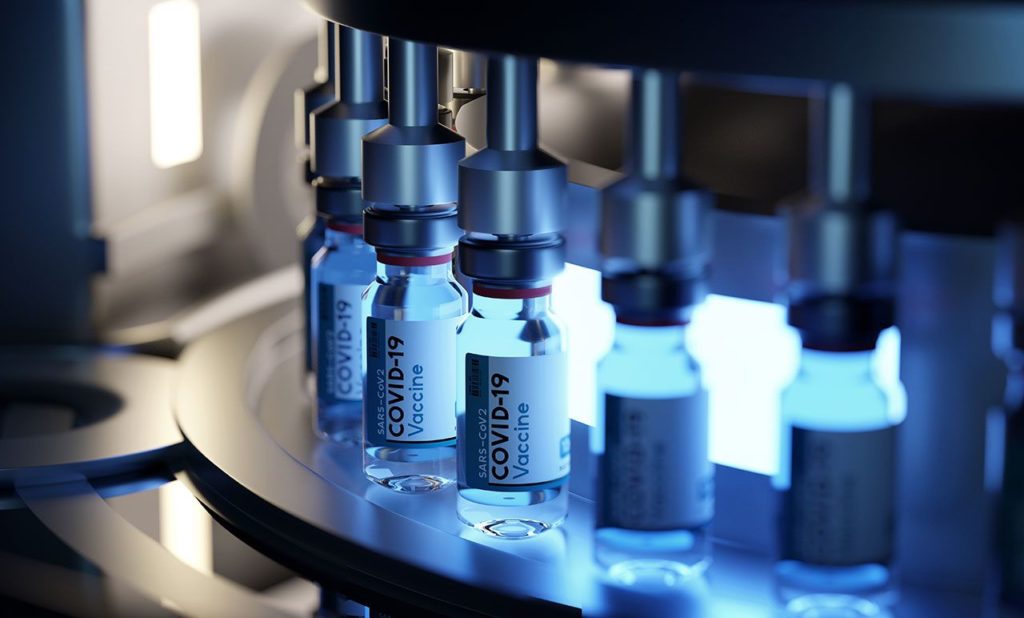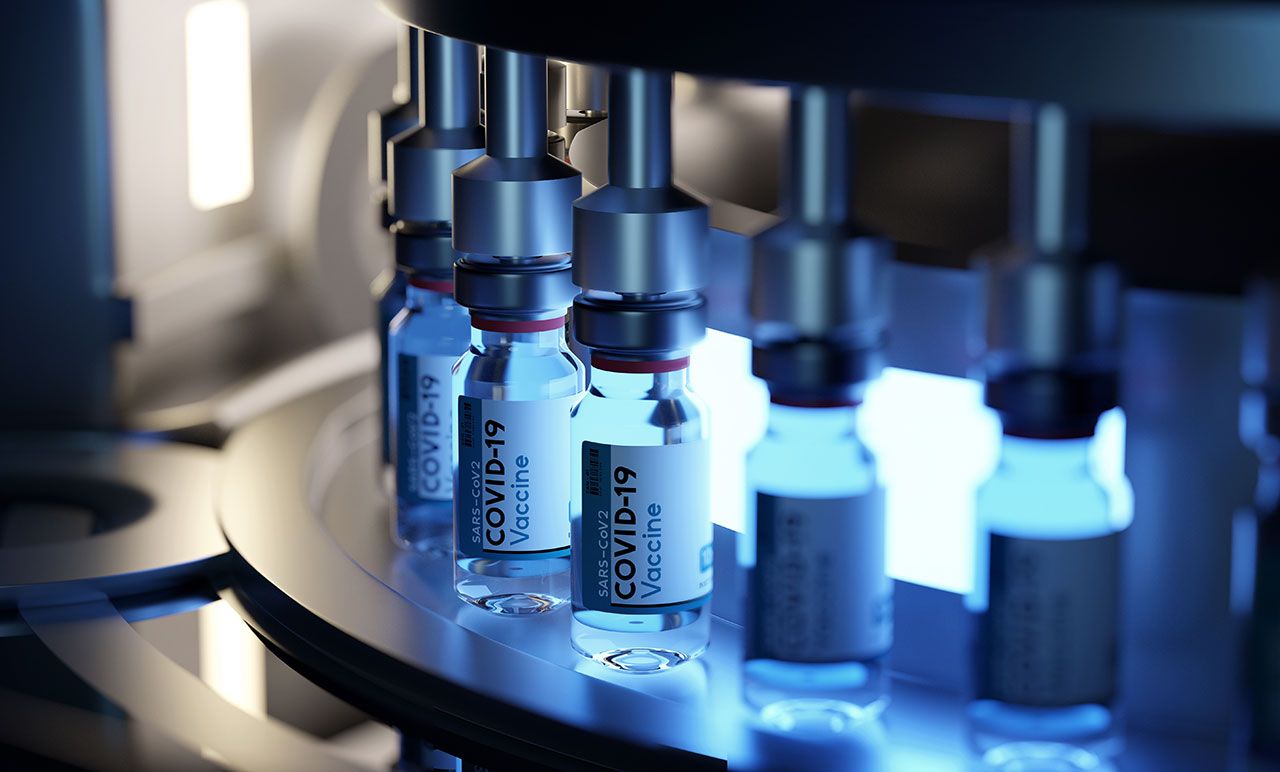Using a robotic arm, the “AutoVacc” system can draw 12 doses of the AstraZeneca vaccine in four minutes from a vial, according to researchers at Chulalongkorn University, who made the machine that has been used at the university’s vaccination centre since Monday (Aug 23).
That is up 20 percent from the standard 10 doses drawn manually, they said. The machine works only on AstraZeneca multi-dose vials currently and labels show each vial can provide 10 to 11 doses.
“The machine guarantees with accuracy that we can gain an extra 20 percent from each vaccine vial – from 10 to 12 doses,” said Assistant Professor Juthamas Ratanavaraporn, the lead researcher of the team at the university’s Biomedical Engineering Research Centre.

“The extra 20 percent we get means that if we have AstraZeneca for 1 million people, this machine can increase the number of doses to 1.2 million people,” said Prof Juthamas.
While some health workers using low dead space syringes (LDSS) that aim to reduce wastage can draw up to 12 doses per vial, it requires manpower and a high level of skill, she said.
Thailand had kept Covid-19 largely under control for much of the pandemic, but more virulent variants like Delta have sent cases and deaths soaring since April, ramping up pressure on authorities to increase the pace of vaccinations.
So far, about 9 percent of Thailand’s population of more than 66 million have been fully vaccinated, with the roll-out hindered by lower-than-anticipated vaccine supplies.
The research team said they should be able to produce 20 more AutoVacc units within three or four months, but added that government funds and support would be needed to expand across the country.
They also plan to make similar machines to use with the Pfizer-BioNTech and Moderna vaccines, she added.
According to Straits Times














